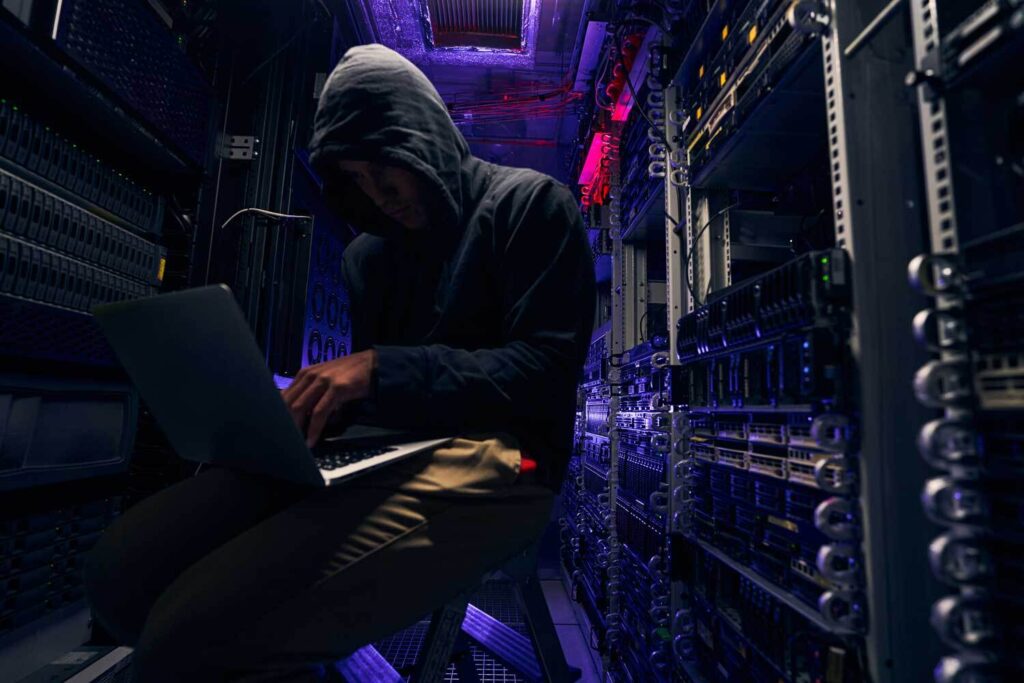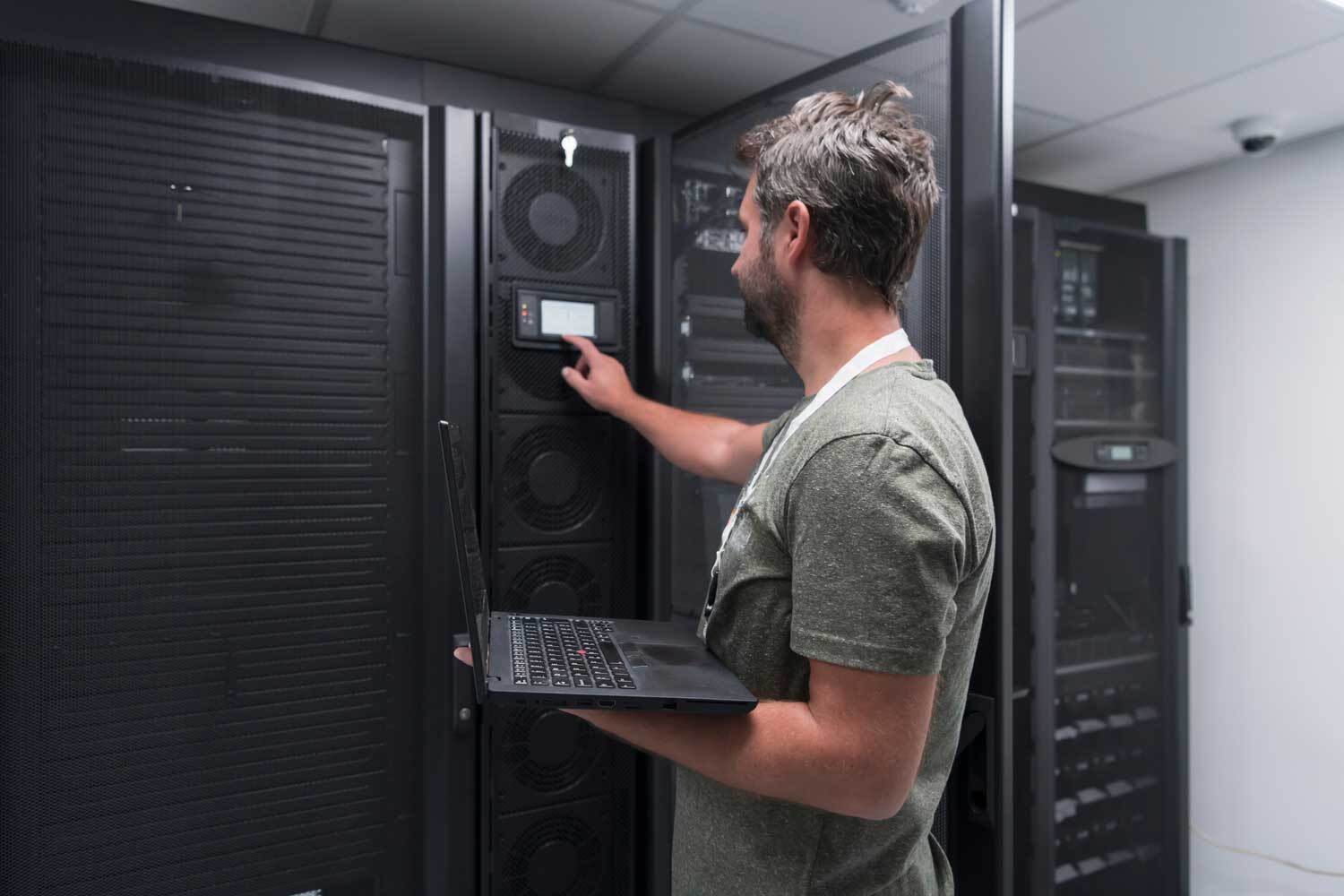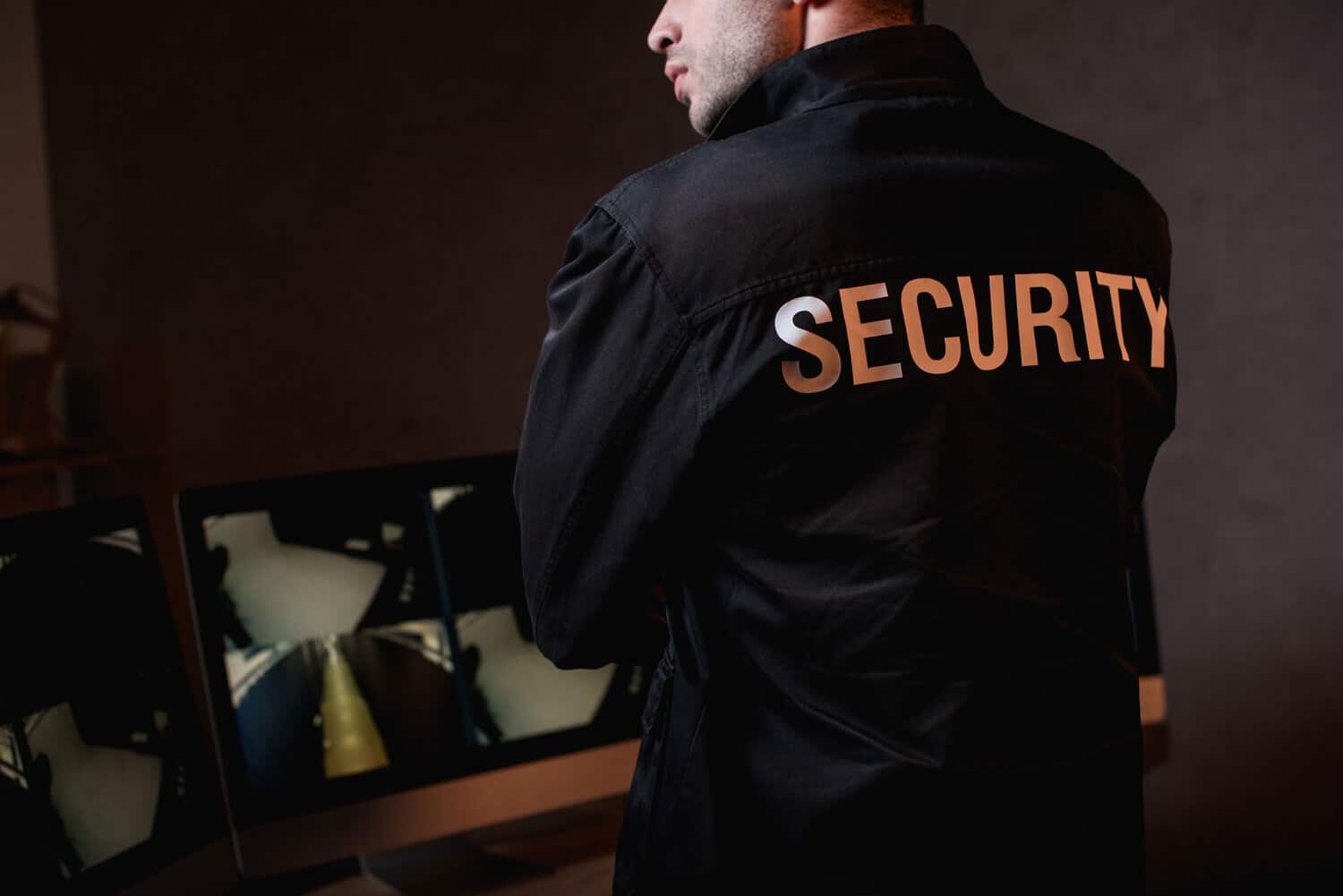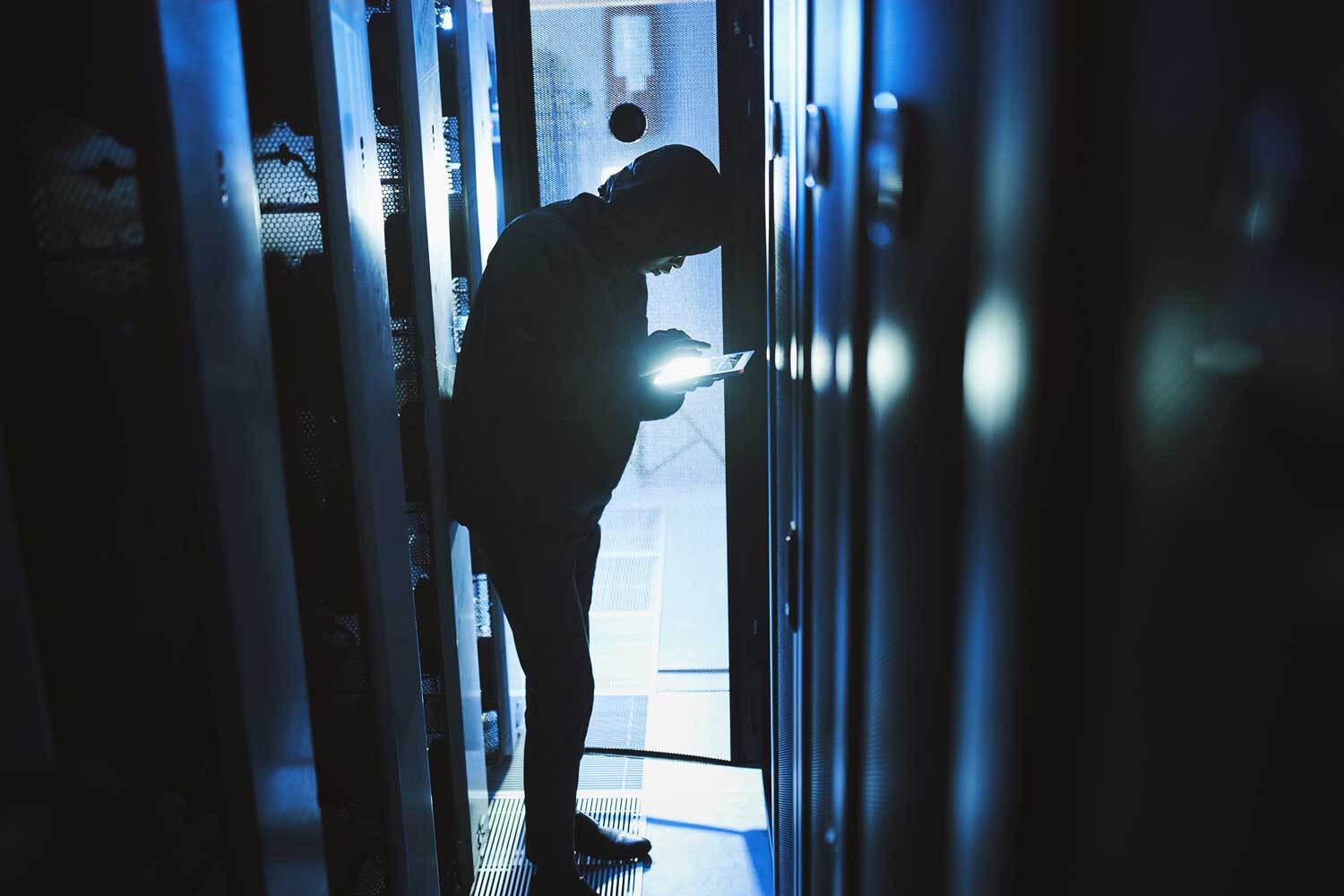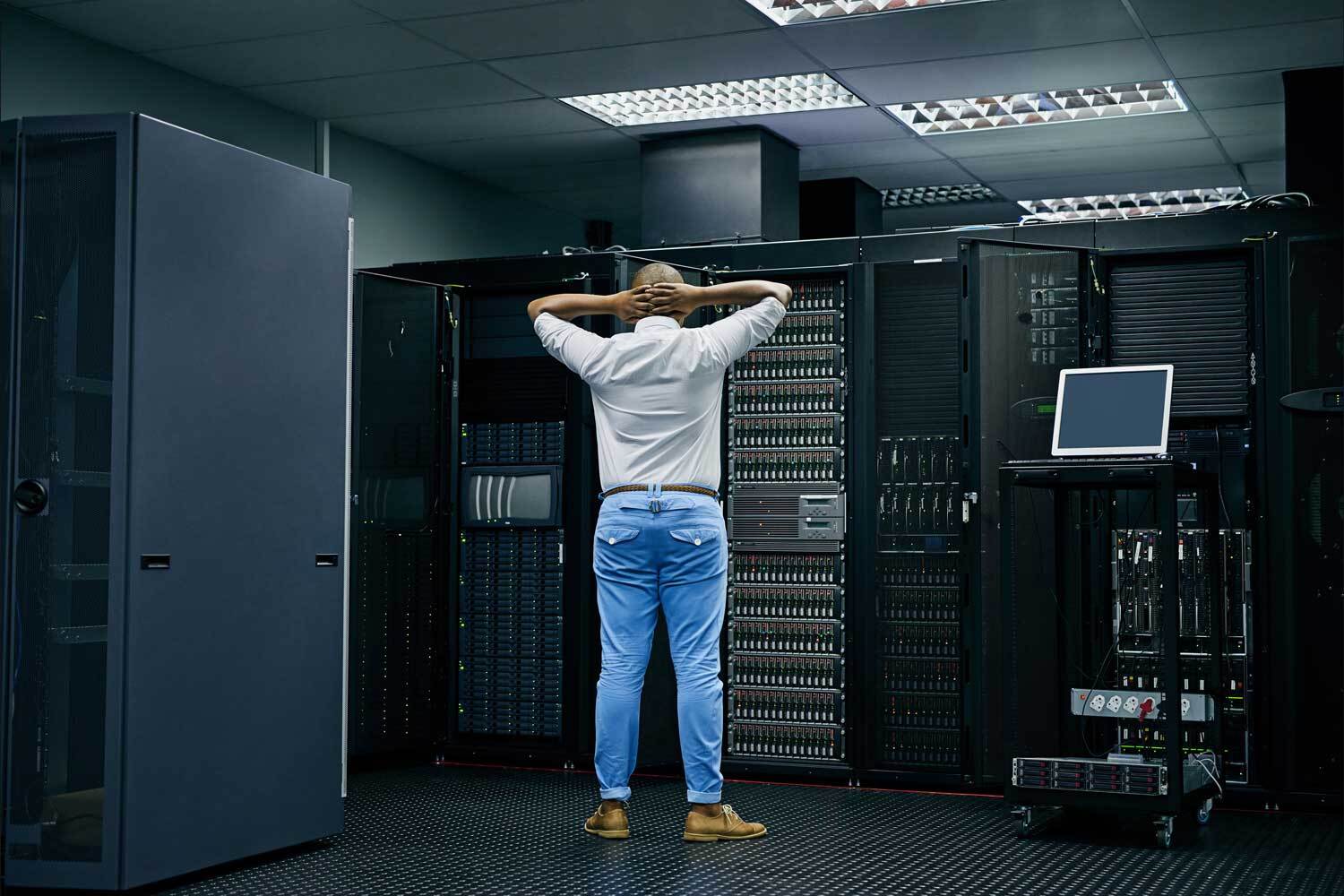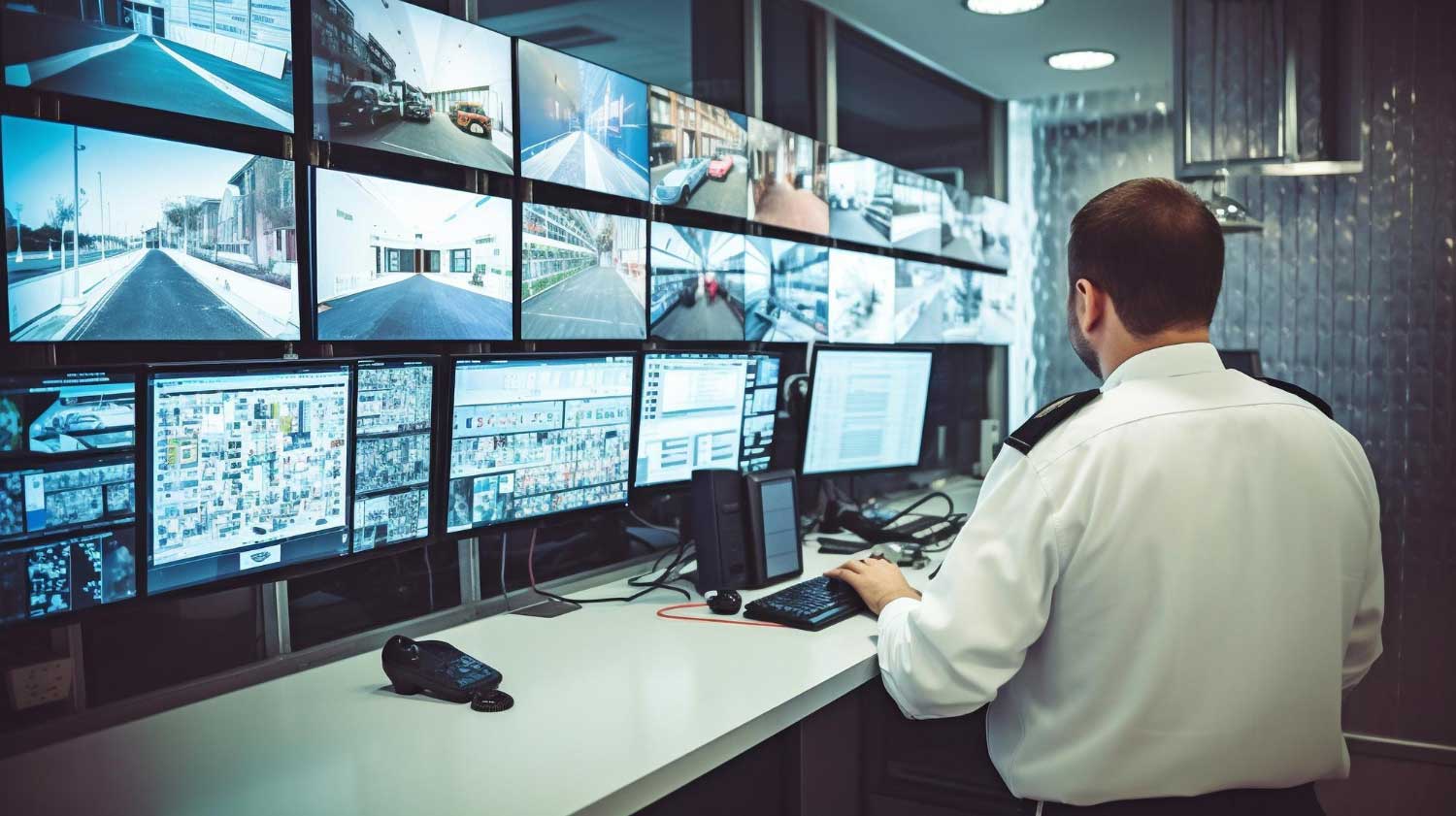A recent Pro-Vigil poll found that most companies severely neglect physical cybersecurity. But aren’t most companies moving infrastructures to the cloud? Why is physical cybersecurity even a problem when your IT is online?
The reality is businesses must pay attention to the need for cyber-physical security. Most companies today have a mix of on-premises hardware and cloud software. In 2022, 28% of companies experienced increased physical security incidents that threatened their on-site IT infrastructures. One of the primary physical security threats to businesses is property theft. What other threats exist to your computer networks?
Physical cyber security may take a backseat to digital security, but organizations neglect cyber-physical systems security at their peril. Today, most security executives admit they are unprepared to handle the demands of physical and cybersecurity protections. This article will help organizations shore up their cyber-physical security to protect what matters most to their business.
What is Physical Security in Cyber Security?
Cyber-physical security is the measures and safeguards businesses use to protect tangible IT assets. Physical assets include infrastructure and facilities supporting an organization’s digital operations. The focus of cybersecurity often centers on digital threats and data breaches. However, neglecting the physical aspect of a technology infrastructure can leave an organization vulnerable to real-life risks. Physical-cyber security strategies are a critical bridge between the virtual and real worlds. They ensure that the hardware, networks, and data centers underpinning an organization’s digital activities are adequately protected.
Components of Physical Security in Cyber Security
Cyber-physical systems security encompasses strategies to safeguard an organization’s tangible assets and infrastructure. Some key components include:
-
Access control: This approach involves managing and restricting access to physical spaces, such as buildings, data centers, and server rooms. Access control mechanisms include keycards, biometric authentication, PINs, and physical locks.
-
Surveillance and monitoring: Surveillance systems, including closed-circuit television (CCTV) cameras, motion sensors, and alarms, are used to monitor and record activities within physical premises. These cyber-physical security systems can help deter unauthorized access and provide evidence in case of incidents. Modern surveillance tools can use virtual security guards to observe and respond in real time.
-
Perimeter security: The external boundaries of a business also need protection. This type of perimeter protection includes fencing, gates, barriers, and security personnel to prevent unauthorized entry.
-
Environmental controls: Maintaining optimal physical conditions for hardware and infrastructure is crucial. Environmental controls monitor temperature, humidity, and power supply to prevent equipment damage or malfunction.
-
Personnel security: Employee training and awareness are essential in cyber-physical security initiatives. Staff members must be educated and trained on security protocols, visitor management, and reporting procedures for suspicious activities.
-
Disaster recovery and business continuity: Ensure backup systems, data recovery processes, and emergency plans are in place. These backup processes help organizations maintain operations in case of physical incidents, such as natural disasters or power outages.
-
Vendor and supply chain security: Organizations should extend their physical security in cybersecurity considerations to third-party vendors and suppliers to prevent potential risks from external partners.
The Interplay Between Physical Security and Cybersecurity
The separation between physical security and cybersecurity is becoming less distinct in an increasingly interconnected world. There are three types of threats intersecting at the juncture between physical and cybersecurity:
-
Internal threats to the physical space where equipment is stored include an unstable power supply, temperature control issues, fire, and more.
-
External threats include problems such as flooding, other natural disasters, lightning, etc.
-
Human threats are some of the most common threats, and include things like vandalism, theft, and other accidental or intentional behaviors or errors.
Physical breaches can lead to digital vulnerabilities and vice versa. For instance:
-
An attacker gaining physical access to a server room can compromise critical hardware or install malware directly on servers, bypassing your digital defenses.
-
An insider threat with physical access can tamper with network cables or hardware components, causing service disruptions or unauthorized data transfers.
-
Stolen laptops or mobile devices can lead to data breaches if they contain unencrypted sensitive information.
Securing your physical premises from these threats requires a robust and diligent approach. Today’s surveillance tools are increasing in sophistication, upping the ante on physical cybersecurity. But why do organizations fail in their adoption of these critical tools?
Reasons for Neglecting Physical Cybersecurity
The core function of physical security in cyber security is to keep your assets, facilities, and people safe from real-world threats. Why are businesses, as shown in the above survey, neglecting the physical in favor of cybersecurity? Some reasons may be:
-
Misplaced priorities: Many businesses focus on digital security measures due to their immediate visibility and tangible impact. Physical security often takes a back seat as its consequences might not be as apparent — until a breach occurs.
-
Lack of awareness: Businesses may underestimate the potential impact of physical breaches. They may assume that cyber threats are primarily virtual. This lack of understanding can lead to complacency and inadequate resource allocation.
-
Resource constraints: Addressing physical cybersecurity requires investments in physical access controls, video surveillance systems, and personnel training. Organizations might be hesitant to allocate resources away from other pressing areas.
-
False safety assumptions: Some businesses might assume that their physical premises are inherently secure. They may feel existing security protocols, such as building access cards or guards, are simply enough. This assumption can prove disastrous if attackers find creative ways to bypass these measures.
-
Separation of departments: Cybersecurity responsibilities often divide amongst several disparate departments, such as security, IT, and facilities management. This siloed approach can hinder the collaboration necessary to comprehensively address physical cybersecurity.
In 2020, 10% of cybersecurity breaches were physical incidents that lead to more than $4 million in damages for U.S. businesses. What are the consequences to companies today when neglecting cyber-physical systems security?
Consequences of Neglecting Physical Cybersecurity
The media is full of stories about cybersecurity breaches, which are increasing as a threat. You may hear less about physical cyber breaches, but they remain a significant problem for businesses and government agencies. Neglecting this area of security can lead to the following:
-
Data breaches: Physical breaches of a server room can lead to theft of sensitive data. Unauthorized access can allow individuals to steal information or equipment. Intruders could also introduce malware into a computer network.
-
Espionage and theft: Competitors, industrial spies, or disgruntled employees can exploit lax physical security. They can steal valuable intellectual property, trade secrets, or proprietary information.
-
Disruption of operations: Vandalism or tampering with physical hardware can lead to significant operational disruptions. Entire networks could fold, causing downtime and financial losses to a business or institution.
-
Reputational damage: A breach resulting from physical security neglect can severely damage a business's reputation, eroding customer trust and investor confidence. In some instances, such as in a hospital, it could even threaten lives that depend on a digital architecture and software tools.
-
Legal and regulatory consequences: Many industries are subject to strict data protection regulations. Failure to address physical security can lead to non-compliance and legal penalties.
Addressing the Issue of Cyber-Physical Security
Businesses must adopt a comprehensive approach to cybersecurity that integrates both digital and physical components. Cross-departmental collaboration between business operations and IT is essential to ensure a unified defense strategy.
Organizations can start with a risk assessment to identify digital and physical security vulnerabilities. This proactive approach helps allocate resources effectively and prioritize the most critical areas. Your goal should be strengthening physical security measures to minimize opportunities for attackers to exploit vulnerabilities.
Employee training should also be a part of your physical cyber security strategy. Teach situational awareness of possible physical security threats. Ensure your staff members understand the importance of safeguarding physical assets alongside digital ones.
Organizations should also implement robust access controls, including biometric authentication, two-factor authentication for digital access, and strict visitor management procedures to limit unauthorized access.
Surveillance systems play a huge part in any physical cyber security plan. Installing state-of-the-art surveillance systems, including cameras equipped with the latest in artificial intelligence (AI), night vision, and motion detection, can deter potential threats and provide valuable evidence in case of an incident.
What are some best practices to leverage video surveillance to increase your physical security posture?
Video Surveillance Best Practices for Enhancing Physical IT Security
Video surveillance is the cornerstone of physical IT security. These tools allow organizations to monitor, deter, and respond to potential physical threats. Businesses should adhere to a set of best practices that maximize the effectiveness of their video surveillance for preserving their digital assets. These efforts should include:
-
Strategic camera placement: Putting cameras in the correct positions helps capture comprehensive coverage of your IT assets. Prioritize critical access points, server rooms, data centers, and areas with high foot traffic. The aim is to establish a network of cameras that minimizes blind spots and ensures that potential threats capture on your video feed.
-
Use high-quality cameras: Investing in the best video cameras with advanced resolution and low-light capabilities is essential. Clear videos with the latest intelligent features can aid in identifying individuals, tracking incidents, and gathering evidence. Modern cameras offer features like wide dynamic range (WDR) to capture details even in challenging lighting conditions. The latest AI-powered cameras improve their performance over time.
-
Create airtight network security: The best physical cybersecurity tactics require camera networking with online data storage and powerful analytics. Securely integrating these security assets prevents unauthorized access or hacking attempts. Employing encryption, secure passwords, and regular system updates are crucial to maintaining the integrity of the system.
-
Adequate off-site storage: Video footage serves as valuable evidence in investigations. It’s essential to have cloud (off-site) storage with sufficient capacity. The latest video surveillance software offers easy search features that facilitate the review of camera footage. Online features allow real-time access to camera feeds from any digital device.
-
Real-time surveillance monitoring: Remote security personnel can promptly respond to incidents as they unfold. Live feeds are accessible from control rooms or mobile devices. Real-time monitoring identifies potential threats faster, allowing you to respond to mitigate the damage.
-
Alarms and access control integration: Modern physical cybersecurity requires integration between video, alarms, and access controls. When an alarm is triggered, cameras can automatically pan to the affected area. Security personnel can immediately assess the situation remotely and take appropriate action.
-
Analytics and intelligent alerts: Modern video surveillance systems incorporate analytics to detect unusual activities or patterns automatically. These systems trigger alerts when predefined criteria are met, such as unauthorized access attempts or loitering in restricted areas.
-
Regular monitoring: IP-camera monitoring checks to be sure online cameras are functioning correctly. Camera health monitoring reduces the risk of downtime and blind spots.
By following these best practices, organizations can maximize the benefits of their video surveillance systems to protect their digital networks. Effective video surveillance deters potential physical threats and enhances incident response.
Businesses can create a comprehensive defense strategy to protect their IT assets by addressing physical and cybersecurity. Pro-Vigil is a leader in physical security, offering comprehensive video surveillance solutions to commercial businesses. Talk with our team today about enhancing your cyber-physical security strategies.
Physical security matters in cybersecurity because it forms an essential barrier against real-world threats. Unauthorized access can lead to hardware tampering or theft. These threats directly impact businesses reliant on their IT architectures. Robust physical security compliments cybersecurity efforts to keep vulnerable equipment safe. Physical security reduces data breaches that create network downtime. Together, physical and cyber security are part of a holistic business security strategy.
Video surveillance significantly enhances physical IT security. These tools provide real-time monitoring and deterrence against unauthorized access, tampering, and breaches. Video security cameras offer comprehensive coverage of critical areas. They can help identify and respond promptly to potential threats. High-quality cameras capture clear evidence, aiding investigations and compliance. Integration with alarms and access control systems strengthens your incident response.
Analytics-driven intelligent alerts can detect unusual activities automatically. Video surveillance bridges the gap between physical and digital security. These tools create a robust defense mechanism that safeguards sensitive data, infrastructure, and personnel, bolstering an organization's overall cybersecurity posture.

